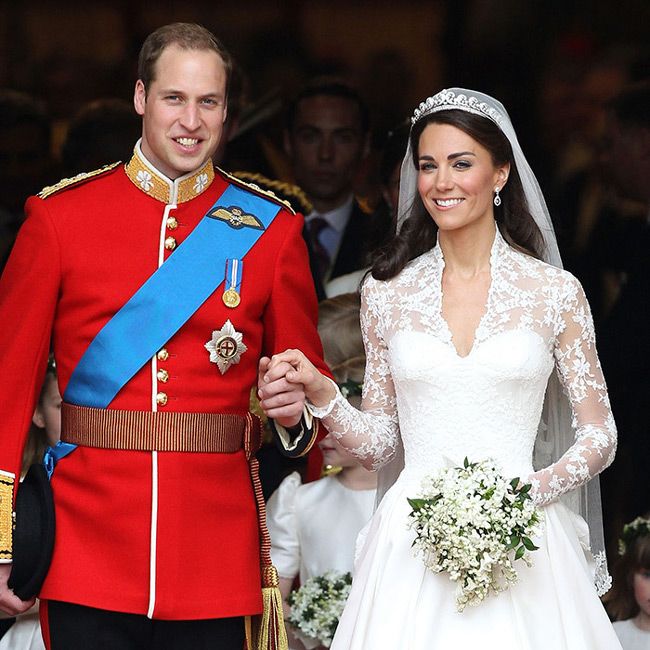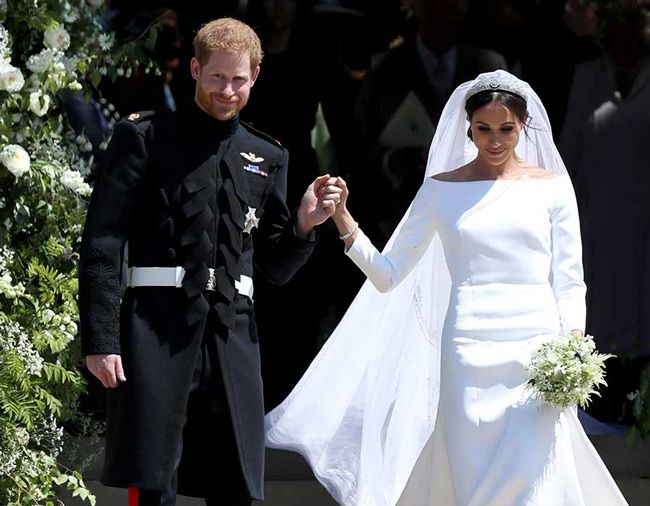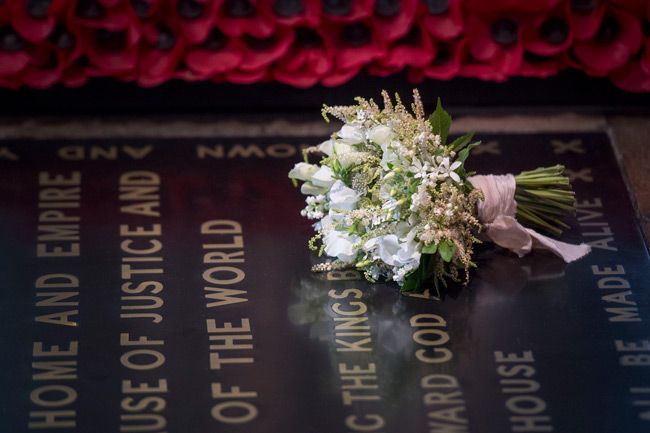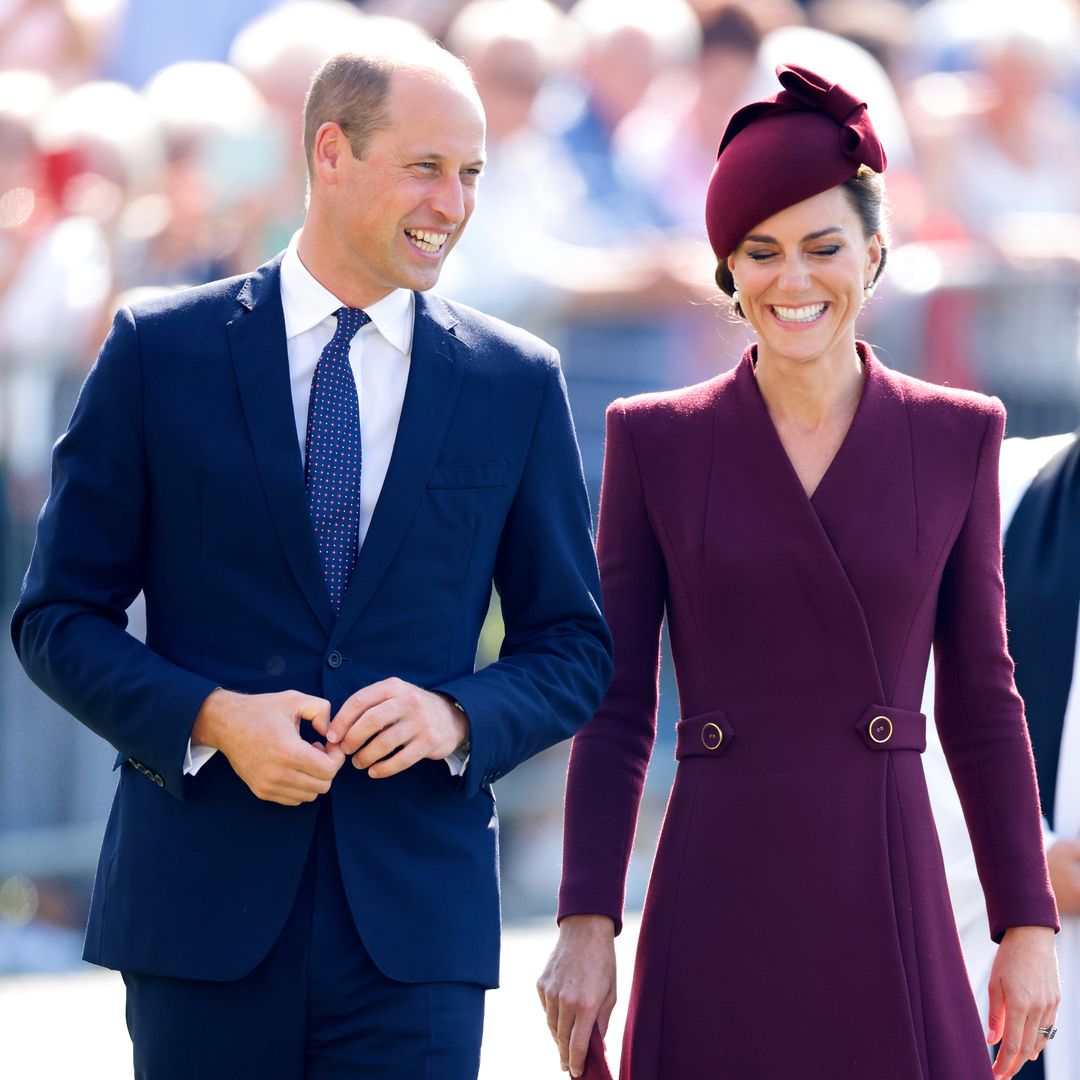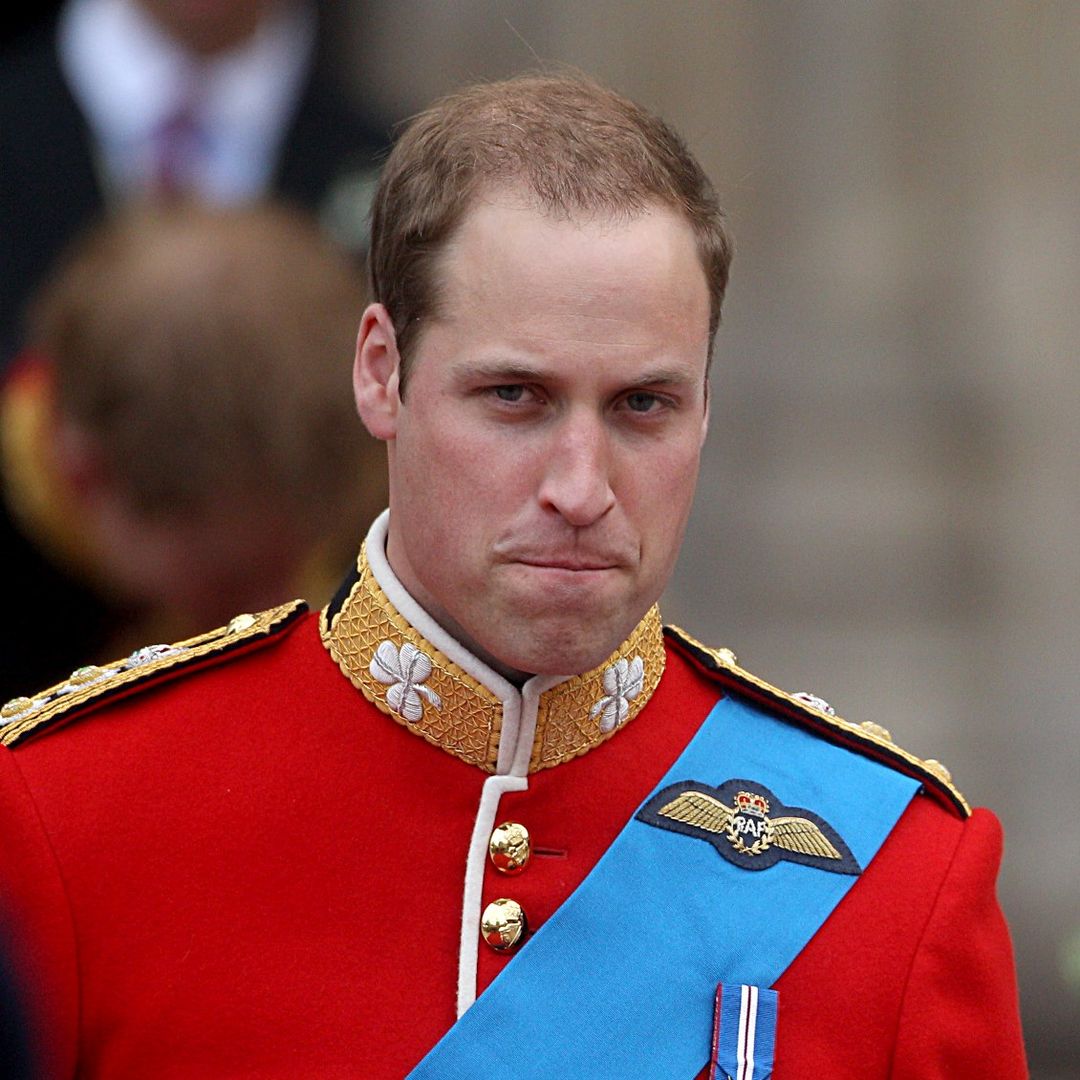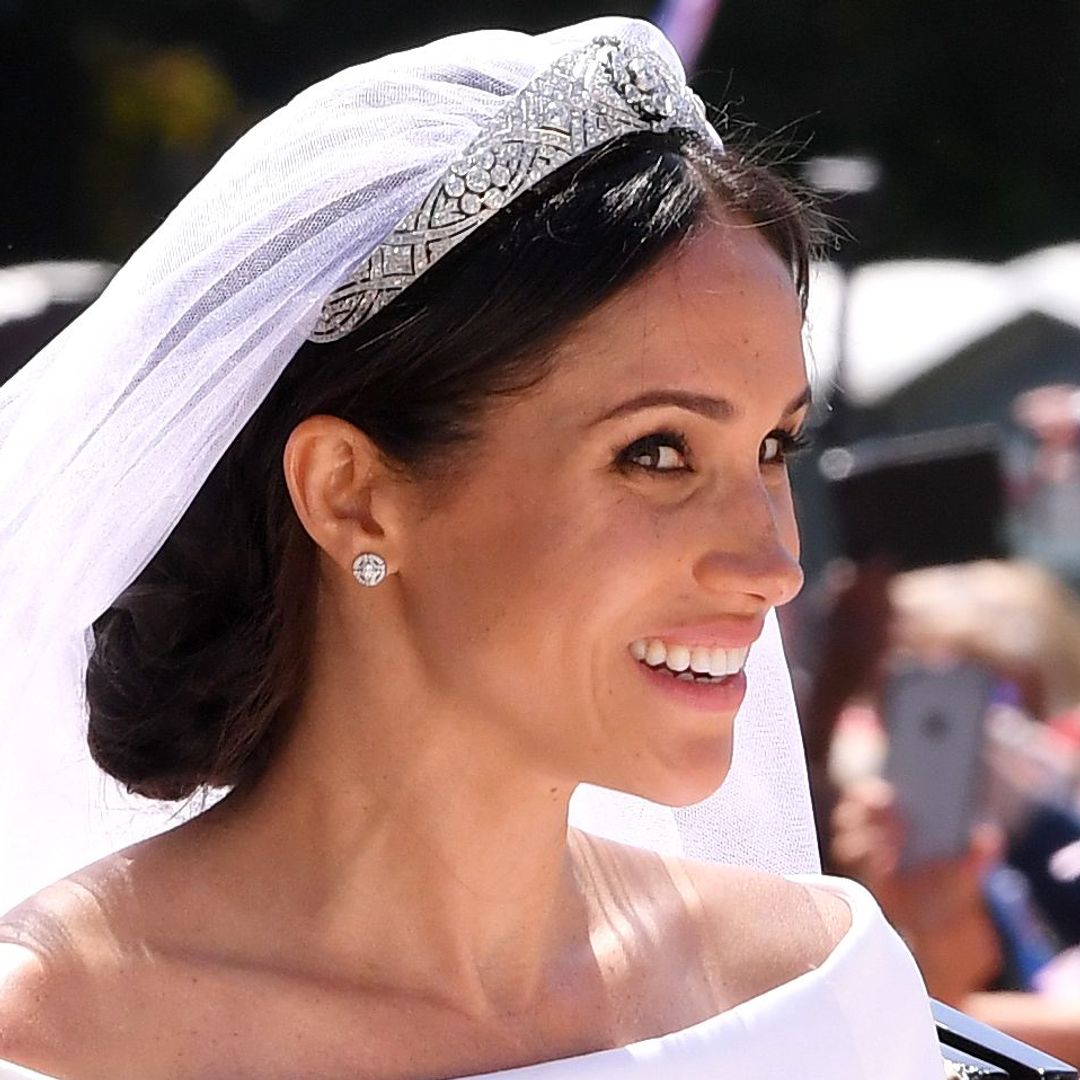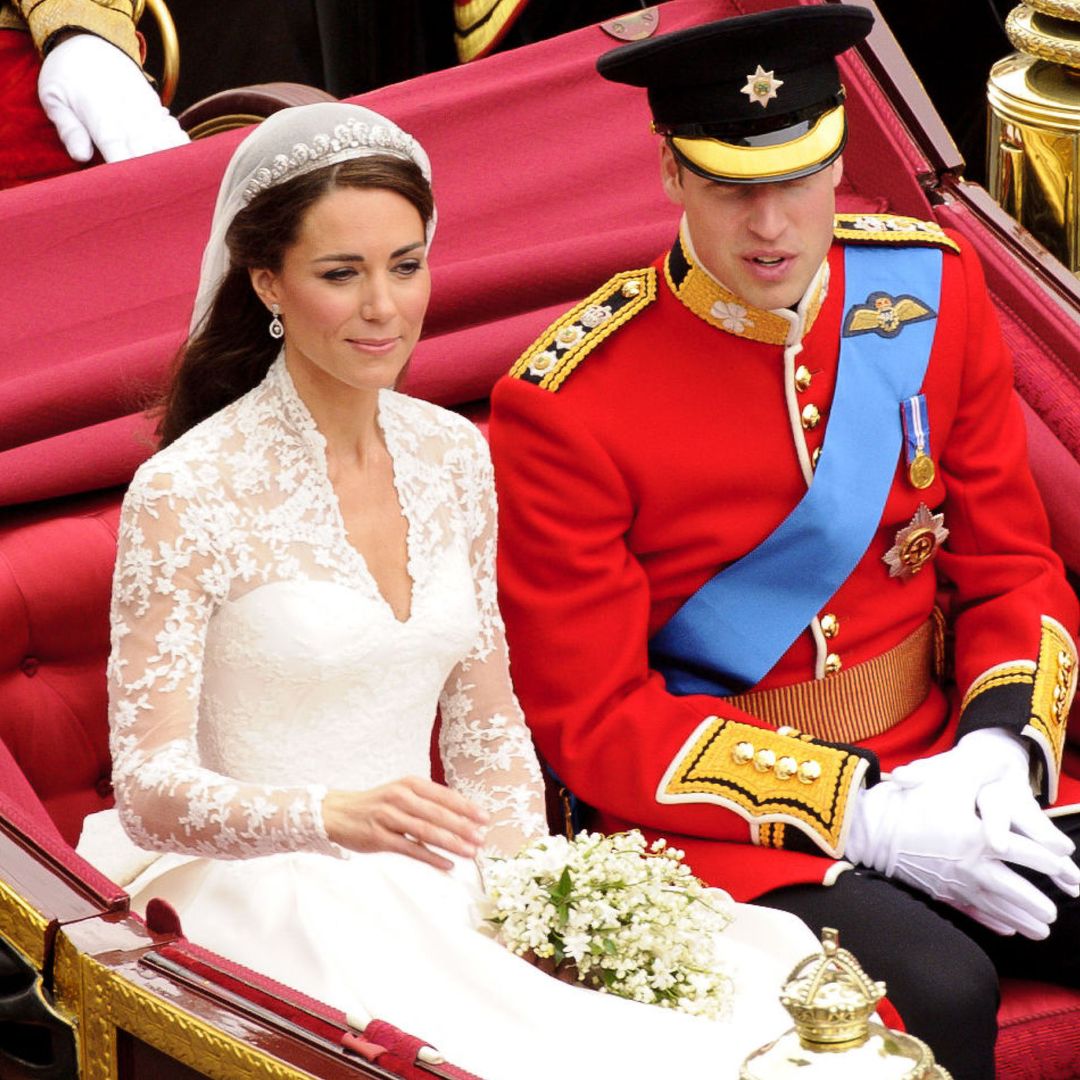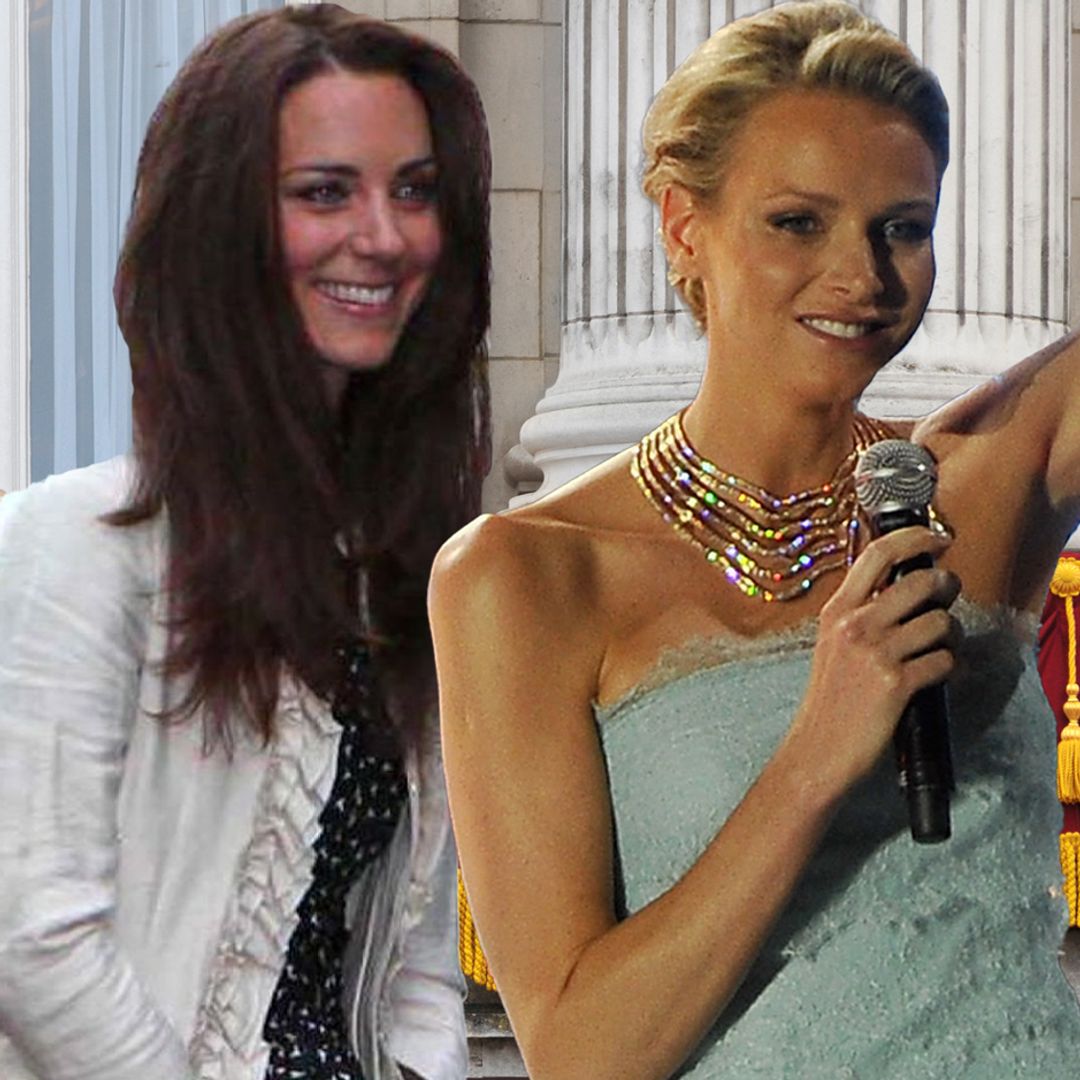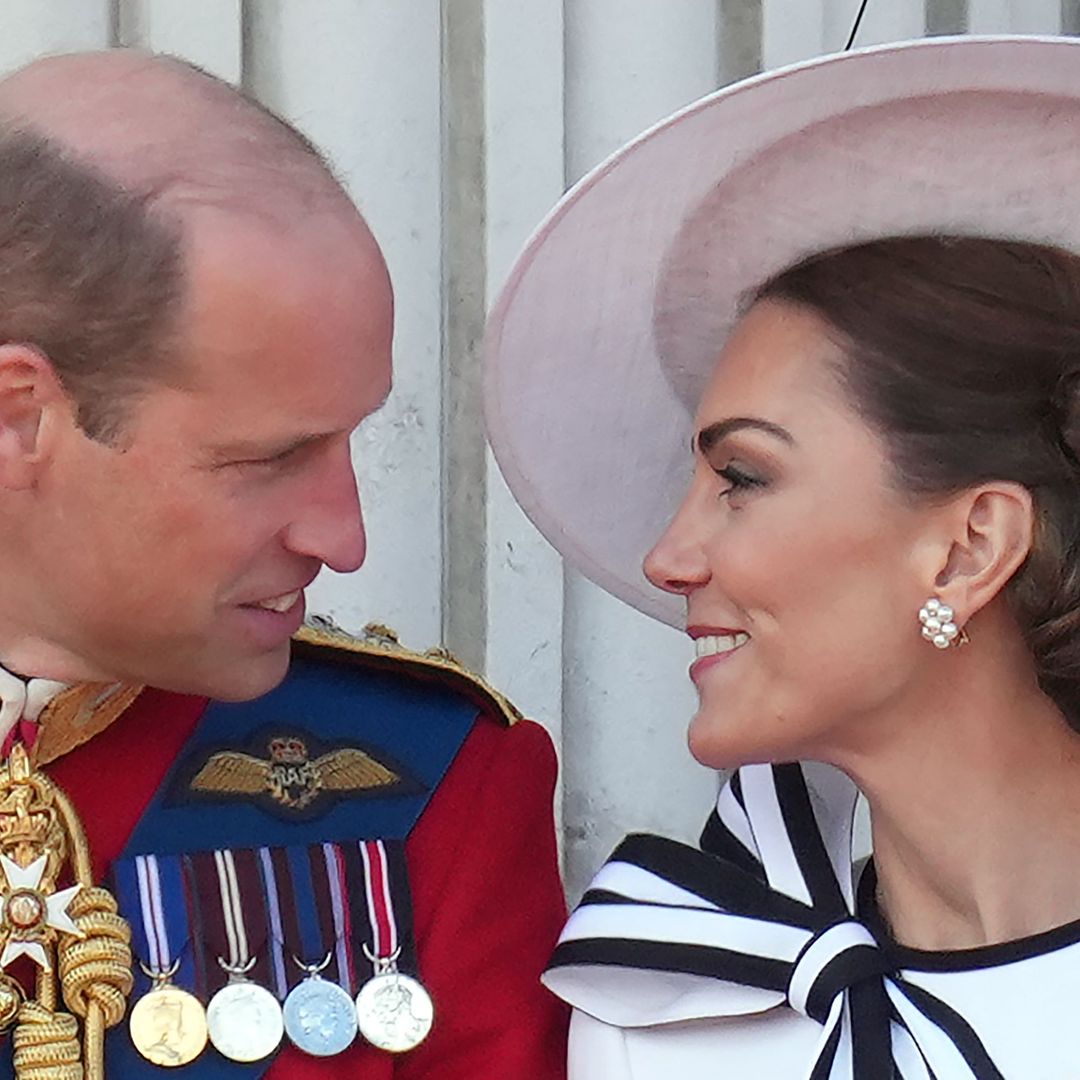When Prince William and Kate Middleton married in 2011 the world took a collective gasp at their beautiful wedding at Westminster Abbey, and the same thing happened when Prince Harry and Meghan Markle tied the knot in 2018 at St George's Chapel.
LOOK: 9 unseen royal wedding photos: From Princess Diana to Princess Eugenie
Both royal brides looked unbelievably stunning, opting for two very different but equally mesmerising wedding dresses. However, there was one element of their bridal looks that coordinated, and that's their beautiful bouquets.
WATCH: See the magical moment Meghan Markle is reunited with her wedding dress
Kate and Meghan both settled on a small posy of flowers in fresh white and green shades, and photos of the bunches show how similar they are.
Kate Middleton's stunning bouquet included a range of symbolic flowers
Flower enthusiasts will notice that the blooms within them are different though, with the Duchess of Cambridge having a blend of lilies, hyacinths, ivy and myrtle while the Duchess of Sussex settled on scented sweet peas, lily of the valley, forget-me-nots, astilbe, jasmine, Astrantia and myrtle.
SEE: 11 hilarious royal wedding moments caught on camera
MORE: 10 most popular engagement ring cuts revealed – and some are royal
Meghan's wedding flowers were handpicked
Of course, both bouquets had a lucky spring of myrtle, as it is an emblem of matrimony that symbolises love and hope and has been used in royal brides' bouquets since the 19th century. The tradition was started when Queen Victoria married Prince Albert and she had the flowering plant in her own bouquet.
After the glorious wedding ceremonies, the bridal bouquets belonging to both Kate and Meghan ended up in the same place. The flowers were laid to rest on the Grave of the Unknown Warrior – a lasting tradition that began with the Queen Mother.
It has become tradition to lay the flowers on the Grave of the Unknown Warrior
When the Queen Mother married King George VI in 1923, she laid her bouquet on the tomb in memory of her brother Fergus, who was killed in 1915 at the Battle of Loos during the First World War. The grave stands as a tribute to those who lost their lives in the First World War and to all those who have died since in international military conflicts.


